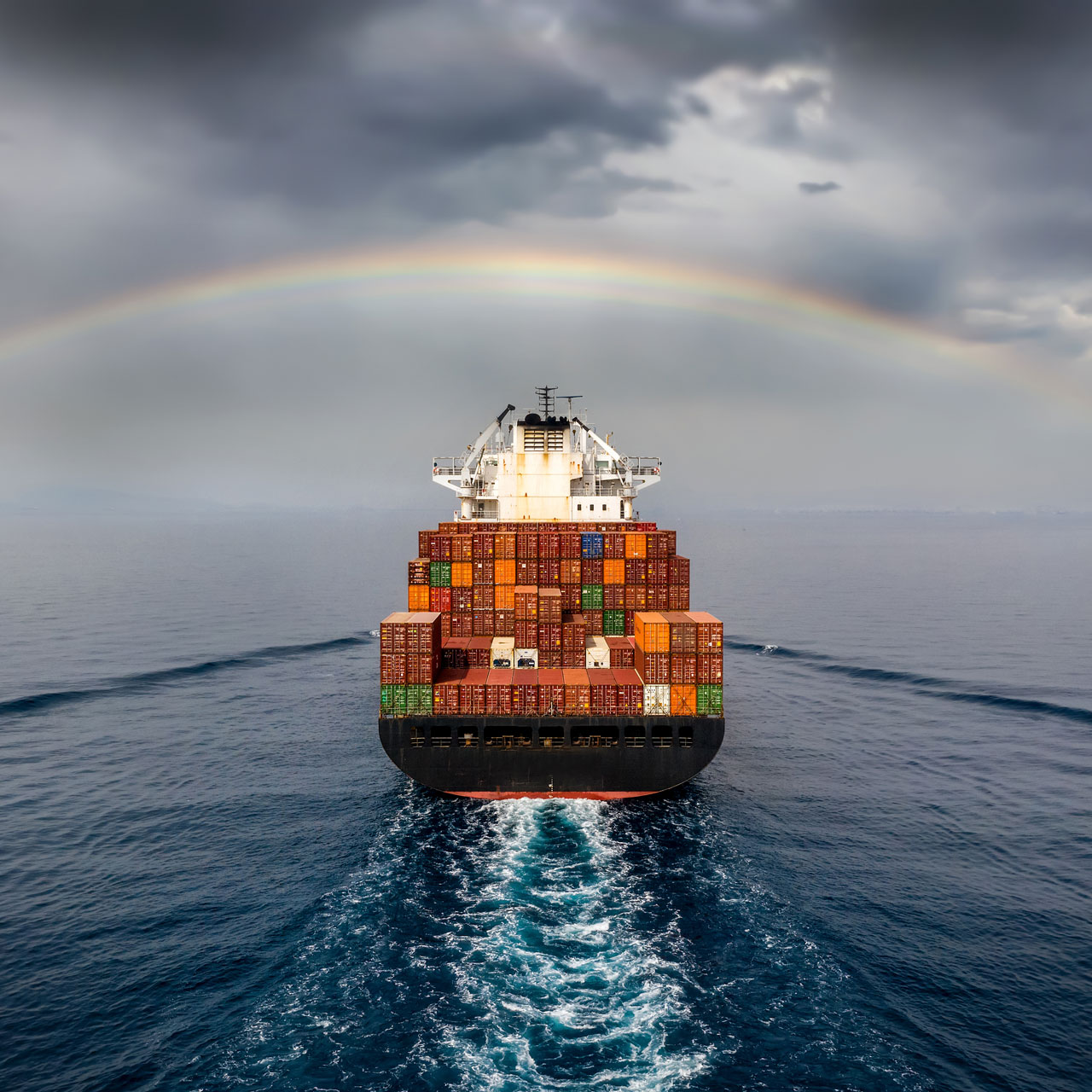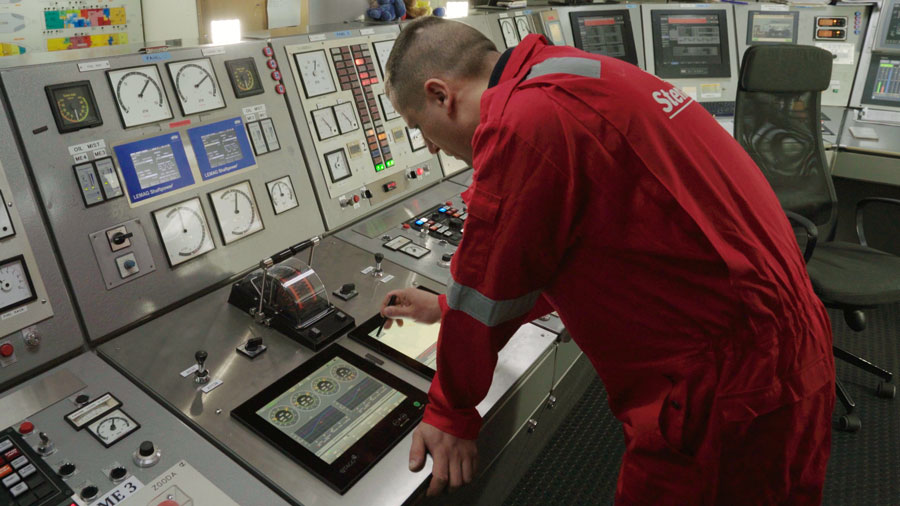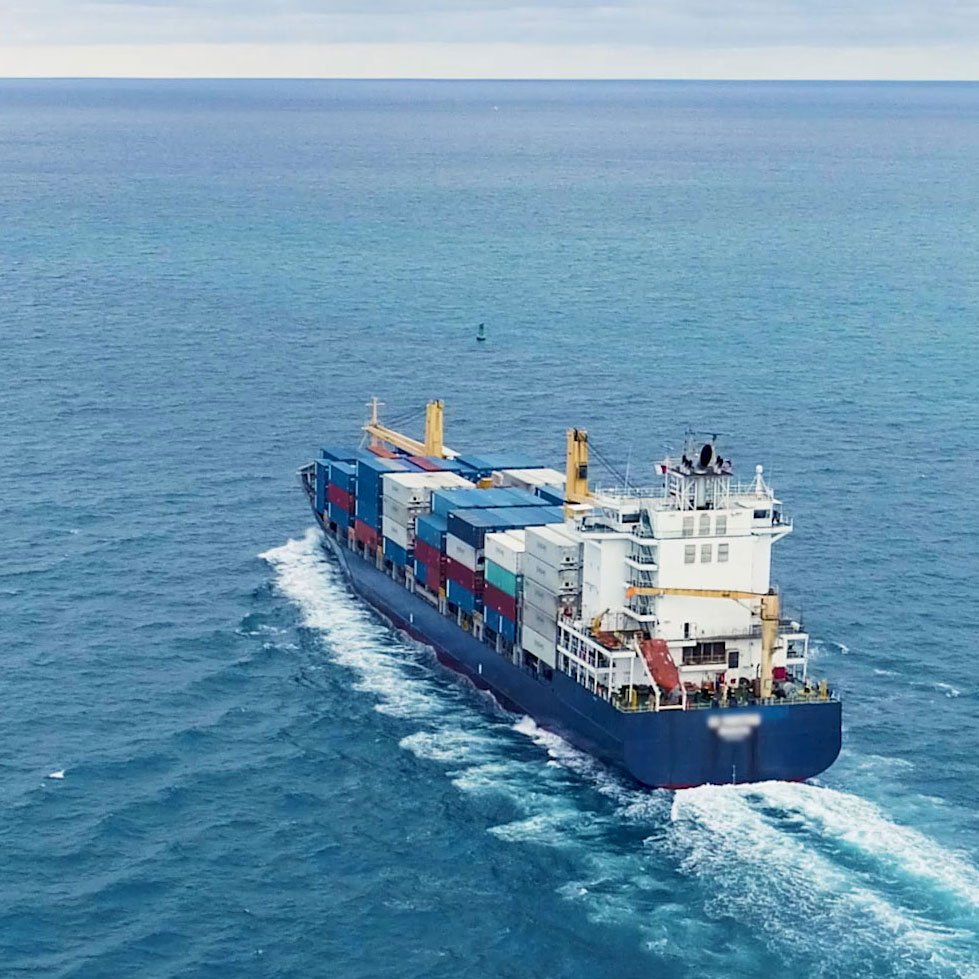Emissions management. The smart way.
Save fuel and cut emissions without compromising on arrival accuracy. EcoPilot provides AI eco-driving for your ships – with outcomes based on your specific priorities.

CII management using EcoPilot
EcoPilot takes the pain out of CII emissions management. EcoPilot optimizes the voyage based on your priorities. Using the CII mode you get complete control of emissions for each ship, every voyage.

Reducing fuel consumption and achieving CII control
EcoPilot plans your voyage based on what you prioritize: CII targets, fuel economy, speed or just-in-time arrival. The system calculates an optimal speed plan, based on real-time weather data and environmental parameters. If CII control is your priority, just select CII voyage mode and set the target CII value.
Automatic execution and re-calculation
EcoPilot applies predictive propulsion control during the voyage to minimize fuel consumption. It automatically adjusts propulsion to meet your target CII. Your goals and priorities for each voyage are executed automatically.

Ensure desired ship CII rating
Using EcoPilot, you can ensure that each ship will meet its desired yearly CII rating. You will know before each voyage which arrival time to expect at a selected CII value, or which CII value to expect if you prioritize earlier arrival.
The ship’s CII performance year-to-date is available in EcoPilot at all times, so that both your fleet operation center and captains can ensure that your ships can achieve the desired CII rating.
Benefits with EcoPilot
- CII-based voyage execution
- Precise and predictable CII performance, every voyage
- Continuous tracking of ship CII performance
- Improved fuel economy
- Optimized voyage planning and propulsion control, based on your priorities
Stay on top of CII requirements
Balance CII ratings and arrival times. Learn how to implement intelligent eco-driving with EcoPilot.

Voyage optimization
Arrive on time, every voyage – and with control over fuel consumption. EcoPilot uses real-time weather data and environmental parameters to calculate available routes. Step two is to calculate optimal shaft power over the course of the voyage to ensure on-time-arrival using as little fuel as possible.

